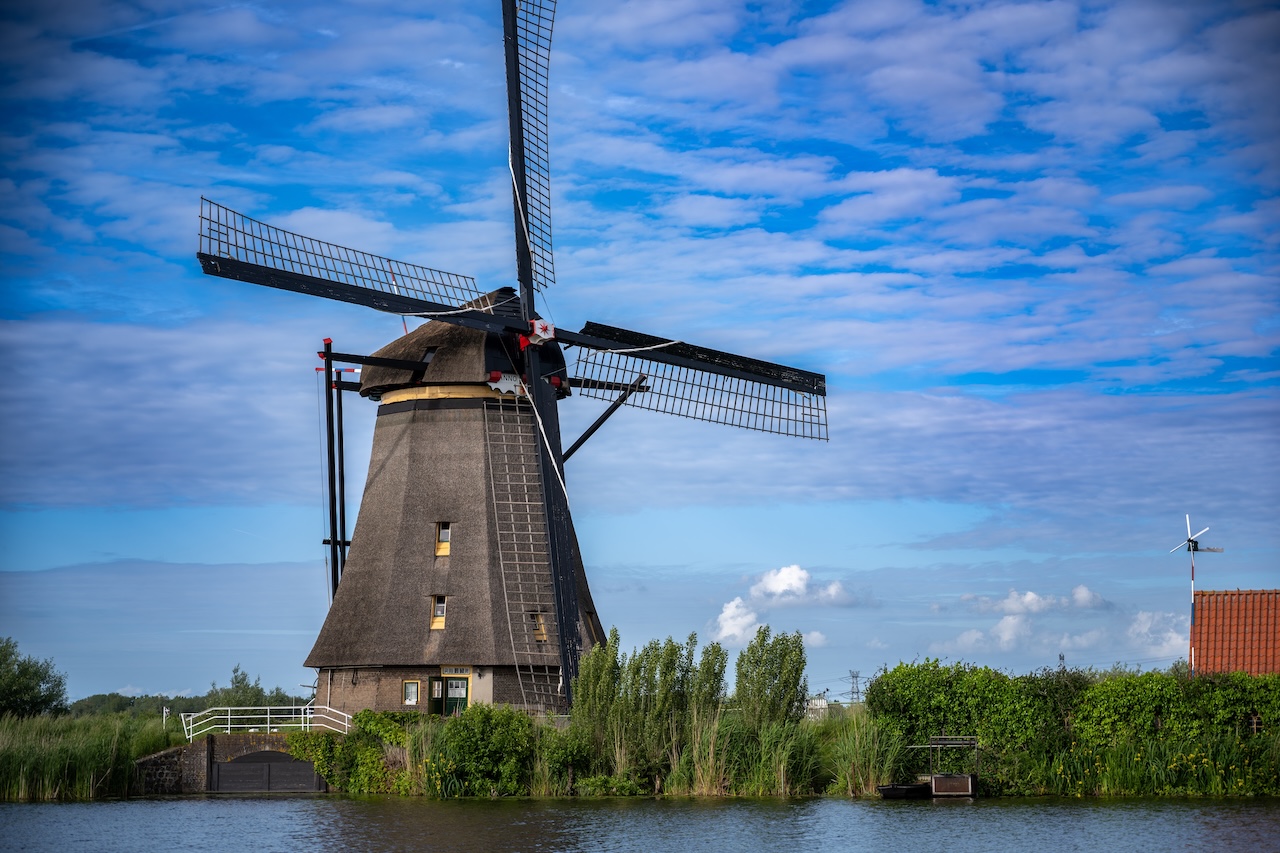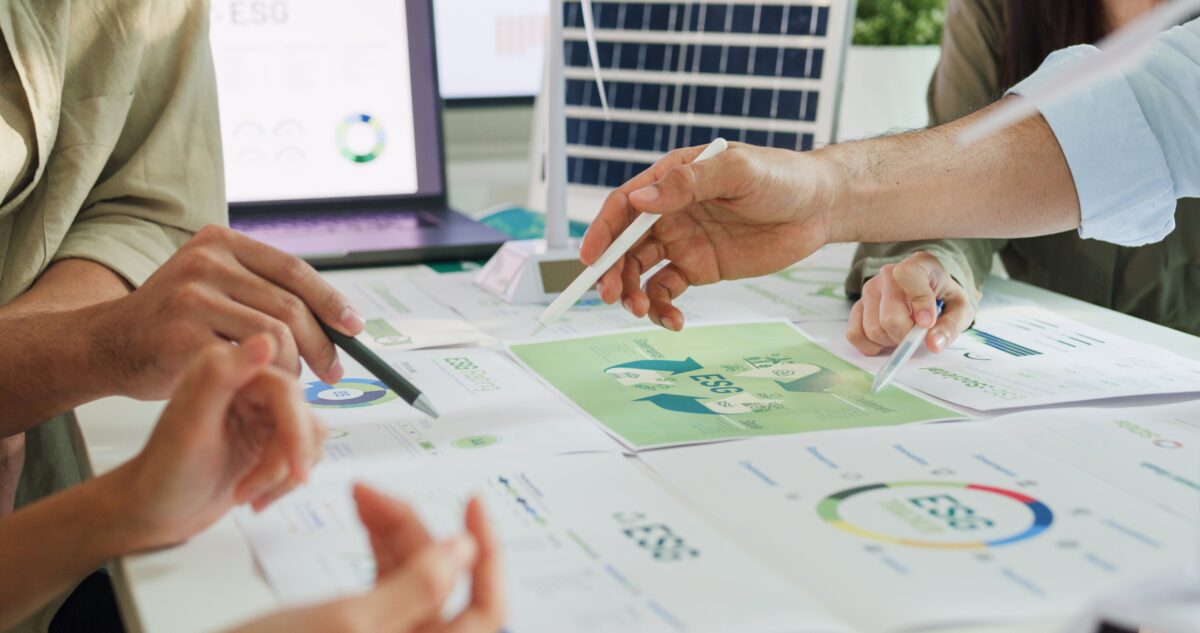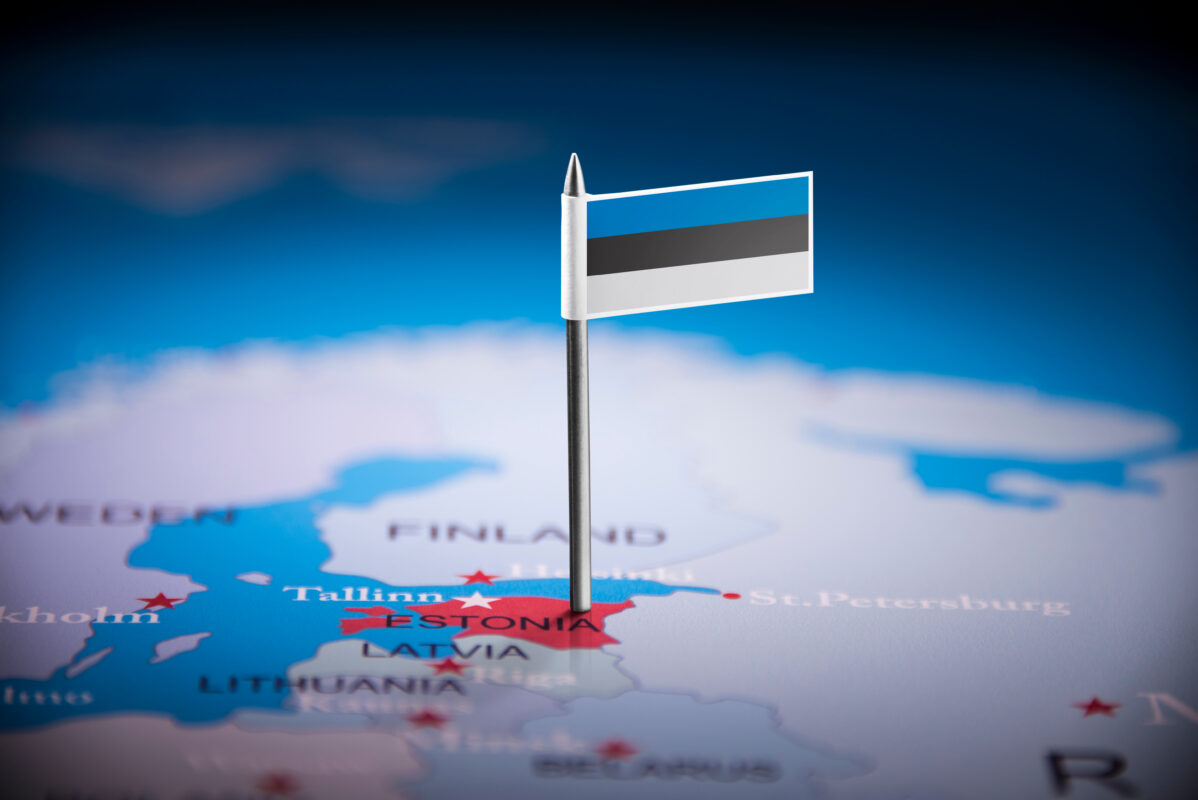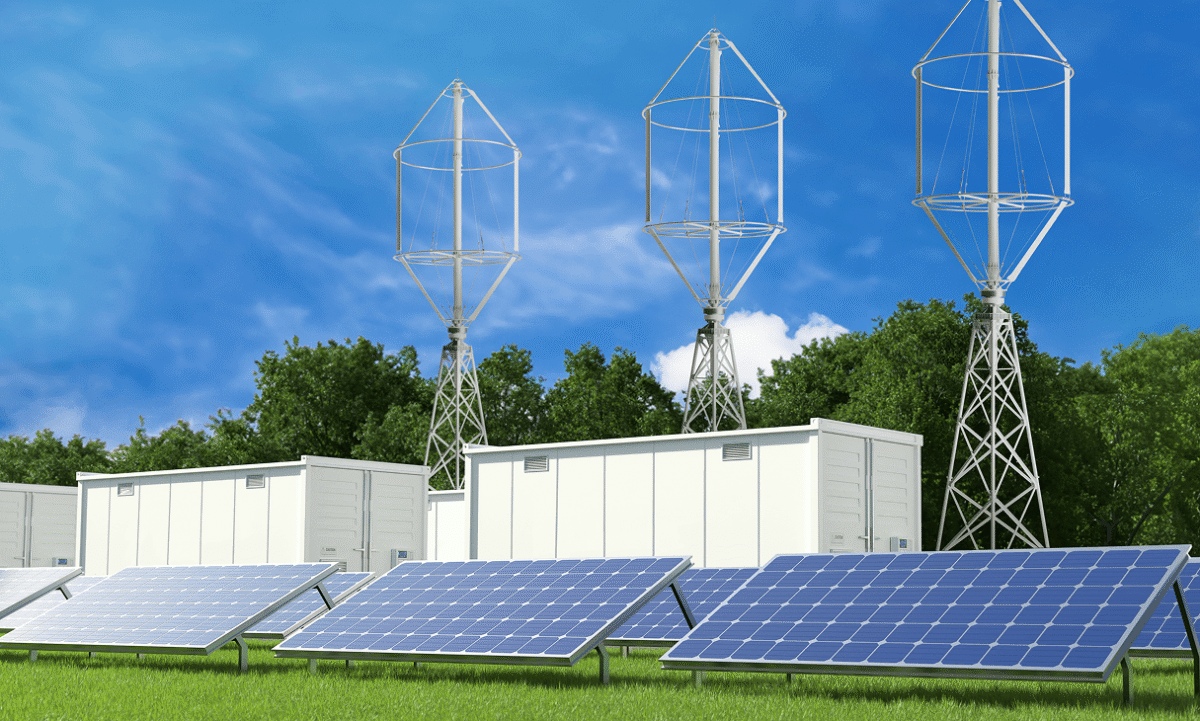Introduction
Small Wind Power Hystory dates back to ancient times when rudimentary wind devices helped grind grain and lift water. Since then, wind turbine technology has evolved significantly—from simple windmills to complex, efficient systems generating electricity.
Modern small wind power results from years of research and innovations. It includes improved turbine blade designs, advanced materials, electronic control systems, and grid integration. In this article, we explore small wind power’s journey from its historical roots to its current state and future prospects.
Small wind power’s importance lies in its ability to generate renewable energy and its role in combating climate change. Individual wind generators ensure energy independence, especially in remote areas where traditional energy sources are unavailable or inefficient.
Early Stages of Development
The history of small wind power began long ago with early attempts to harness wind energy. Small Wind Power History dates back to ancient civilizations, where windmills were first used for grain grinding and water lifting.
Windmills of the Ancient World
The first known windmills appeared in Persia (modern Iran) around 500–900 AD. They were used to grind grain and lift water. These vertical-axis structures had fabric sails or wooden blades, playing a vital role in agrarian societies.
Development of European Windmills
During the Middle Ages, windmills spread across Europe. Featuring horizontal axes and wooden blades, they supported industries like milling, agriculture, and water supply. Despite limited power, they marked a crucial step in wind energy use.
Wind-Powered Pumps of the 19th Century
In the 19th century, wind-powered pumps emerged, extracting water from wells and aiding irrigation in arid regions. Their simple, effective designs with wooden blades connected to mechanical pumps proved essential.
These stages reflect humanity’s innovative approach to using wind energy, laying the groundwork for modern small wind generators.
The Onset of Modernization
The transition from traditional windmills to modern electricity-generating wind turbines marked a turning point in Small Wind Power History. This period, starting in the mid-20th century, introduced advanced materials and engineering innovations.
Birth of Electricity-Generating Wind Turbines
First Electric Wind Generators: First time in wind power hystory In the mid-20th century, the first electricity-generating wind turbines emerged. These advanced designs used new materials. The first grid-connected wind turbine, installed in Vermont, USA, in 1941, had a 1.25-megawatt capacity.
Technological Innovations: Over the decades, wind turbine technology saw major advancements. Turbines grew larger and more efficient, using materials like fiberglass and carbon composites. These innovations improved durability and performance.
The Modernization Phase
The modernization phase in small wind power marked the transition from the conventional windmills and wind pumps to more sophisticated, electricity-generating wind turbines. This era, starting in the mid-20th century, heralded a new age in wind energy utilization.
The Emergence of Electricity-Generating Wind Turbines
First Electrical Wind Generators: The mid-20th century witnessed the development of the first electricity-generating wind turbines. These turbines, featuring more advanced designs and materials, marked a significant departure from their historical windmill predecessors. The first grid-connected wind turbine, installed in Vermont, USA, in 1941, boasted a capacity of 1.25 megawatts.
Technological Advancements: Subsequent decades saw major technological advancements in wind turbine technology. Key improvements included increased turbine size, advanced materials like fiberglass and carbon composites, and enhanced efficiency and durability.
Evolution and Spread of Wind Turbines
Scaling and Globalization: As technology advanced, turbines increased in size and power. Modern turbines, reaching over 800 feet with rotor diameters exceeding 500 feet, capture more wind energy, generating more electricity.
Integration into Energy Systems: Wind turbines are now integral to global energy infrastructure, providing reliable, cost-effective renewable energy. The growth of wind farms worldwide shows the maturity of this technology.
This period was pivotal for small wind power, laying the foundation for its current state. The technological innovations of this era played a key role in enhancing the efficiency and economic viability of wind generators.
Technological Innovations
This period brought significant progress in wind generator components and control systems, enhancing efficiency and reliability.
Breakthroughs in Design and Materials
Advanced Materials: Fiberglass and carbon composites improved performance, making blades lighter, stronger, and more efficient.
Innovative Blade Design: Designs inspired by bird wings optimized aerodynamics and reduced noise.
Advancements in Control Systems
Pitch and Yaw Control Systems: These systems optimize blade angles and rotor direction, maximizing energy capture.
Advanced Power Electronics: Modern power electronics ensure stable electricity supply to grids.
Development of Offshore Wind Farms
Offshore Wind Farms: Harnessing strong, consistent ocean winds, offshore projects generate gigawatts of clean energy.
Integration with Energy Storage Systems
Energy Storage: Combining wind farms with storage systems stabilizes energy supply, mitigating wind power’s intermittency.
This stage in the history of small wind power is marked by the implementation of significant technical improvements that have enhanced the efficiency and integration capabilities of small wind turbines. Innovations in design, materials, and control systems have significantly improved the operational characteristics of small wind turbines and contributed to their proliferation as a reliable source of renewable energy.
Current State and Future of Small Wind Power
The current state of small wind power is characterized by significant achievements and widespread adoption, while the future promises further innovations and development. This section explores the current trends and prospects of small wind power.
Current State
Output Capacity and Spread: Modern small wind turbines differ greatly in performance from their historical predecessors. They have become more efficient, affordable, and environmentally friendly, leading to their widespread use in both developed and developing countries.
Technological Improvements: Current small wind turbines utilize advanced materials and technologies, enhancing their efficiency and reliability. A key area is improving wind turbine integration with electrical grids.
Future Development
Innovations and Efficiency: The future of small wind power is viewed in the context of ongoing technical improvements aimed at increasing the efficiency and reducing energy production costs.
Environmental Sustainability: New developments are anticipated to focus on minimizing environmental impact and increasing energy resilience of the systems.
Expansion of Applications: The use of small wind turbines is expected to expand in various geographical and climatic settings, increasing their accessibility and applicability in diverse conditions.
Issues and Challenges
Despite its significant achievements and potential, small wind power faces several challenges and issues that need to be addressed for further development and integration of this technology into global energy systems.
Intermittency Issue
Variable Nature of Wind: One of the main challenges for small wind power is its intermittency, meaning the variability in energy production due to changing wind conditions. This creates difficulties in planning and ensuring a reliable energy supply.
Grid Integration Issues
Network Integration: Integrating small wind generators into existing energy grids requires advanced solutions for load management and balancing, especially in areas with a high share of renewable energy sources.
Environmental Impact
Impact on the Environment: Although wind power is one of the most eco-friendly energy sources, there are concerns about its impact on local flora and fauna, including risks to birds and bats, as well as noise pollution issues.
Economic and Technical Challenges
High Initial Costs: Despite the continuous decrease in technology costs, initial investments in small wind power remain significant, which can be a barrier to its widespread adoption, particularly in developing countries.
Technical Complexities: Maintaining and servicing small wind turbines, especially in remote or hard-to-access locations, presents a technical challenge.
In conclusion, to further the successful development of small wind power, these problems and challenges need to be resolved. This will require the collective efforts of engineers, researchers, policymakers, and society as a whole to create a sustainable and efficient energy system for the future. Addressing these issues will enable small wind power to take its place as a reliable and eco friendly energy source in the global energy balance.
Conclusion
Summary of the Contribution of Small Wind Generators
Analyzing Small Wind Power History, we see how continuous innovation has shaped the industry. From ancient windmills to advanced small-scale turbines, this technology has evolved to play a crucial role in renewable energy.
Small wind generators have provided a solution for decentralized energy supply, especially in remote and inaccessible areas, and have contributed to reducing dependence on fossil fuels. These devices, with their potential for integration into various energy systems and flexibility in use, have become a symbol of innovative energy production.
Potential in Combating Climate Change
Small wind power represents a key element in global efforts to combat climate change. It contributes to the reduction of greenhouse gas emissions, reducing environmental impact and preventing further global warming. The deployment of small wind turbines not only helps to reduce humanity’s ecological footprint but also increases energy security and resilience.
Final Thoughts
In conclusion, the current state and future of small wind power demonstrate the enormous potential of efficient, sustainable, and eco-friendly energy sources. Its development and widespread adoption play a critical role in achieving global environmental goals and transitioning to a greener future. In spite of the present-day challenges and problems, the prospects of small wind power are promising new opportunities for improving the lifestyle and preserving the planet for the generations to come.






